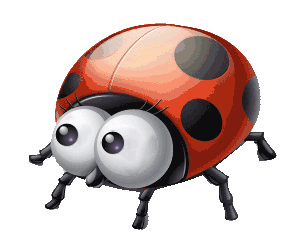phil12 wrote:Hello everyone !
Paysanbio you practice that with what species?
in fact, it became a game.
I started with stone fruits because on the farm I had very very old peach trees.
I absolutely wanted to save their taste.
everyone was telling me it wouldn't work.
those I grafted 25 years ago are now dying while those I have layered are in great shape.
I try all kinds of gas to see if it works.
if it does not work, I re-test by painting the wound with water added to the cutting hormone.
if it works i re-test by painting with weeping willow gel.
I get this gel by soaking bits of weeping willow branches in water.
it makes rootlets, the water oxidizes and turns into a gel full of hormones.
it replaces, in some cases, the cutting hormone which is not very organic.




